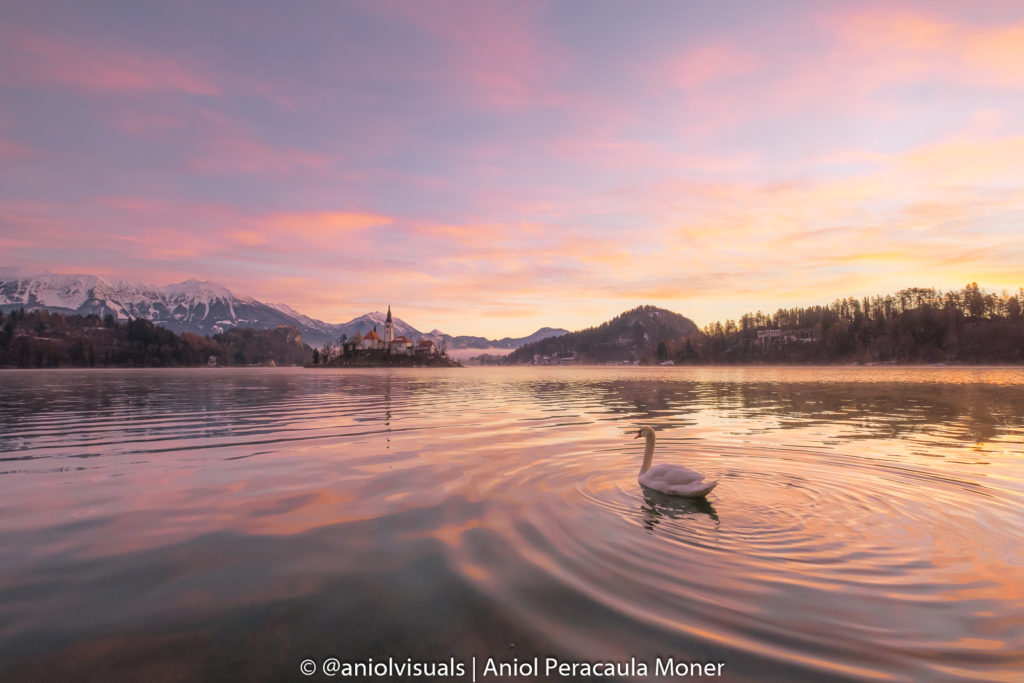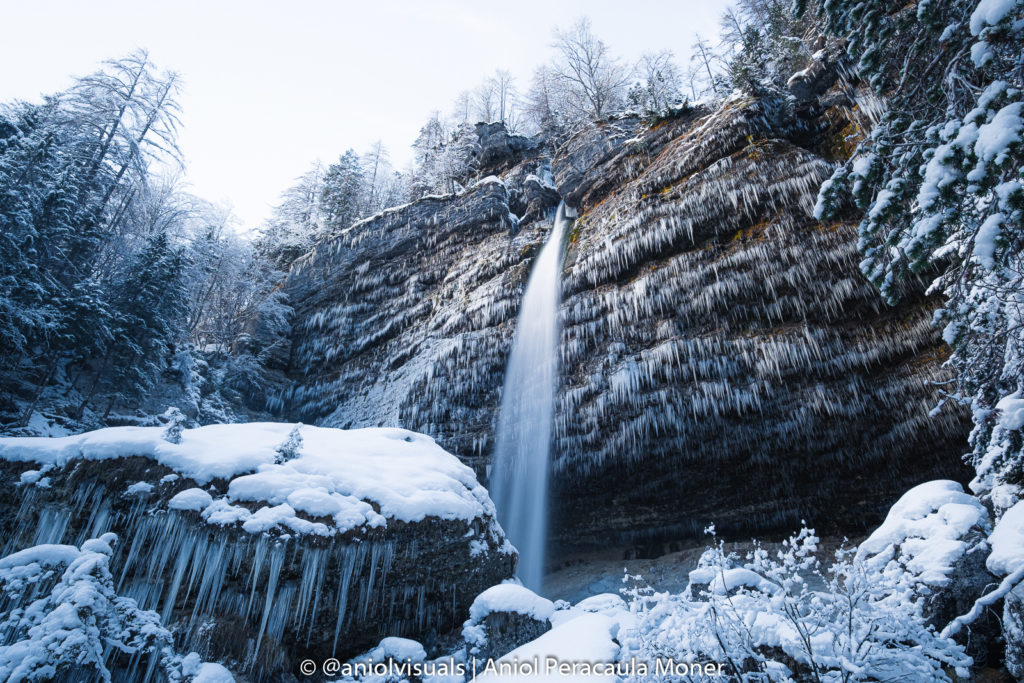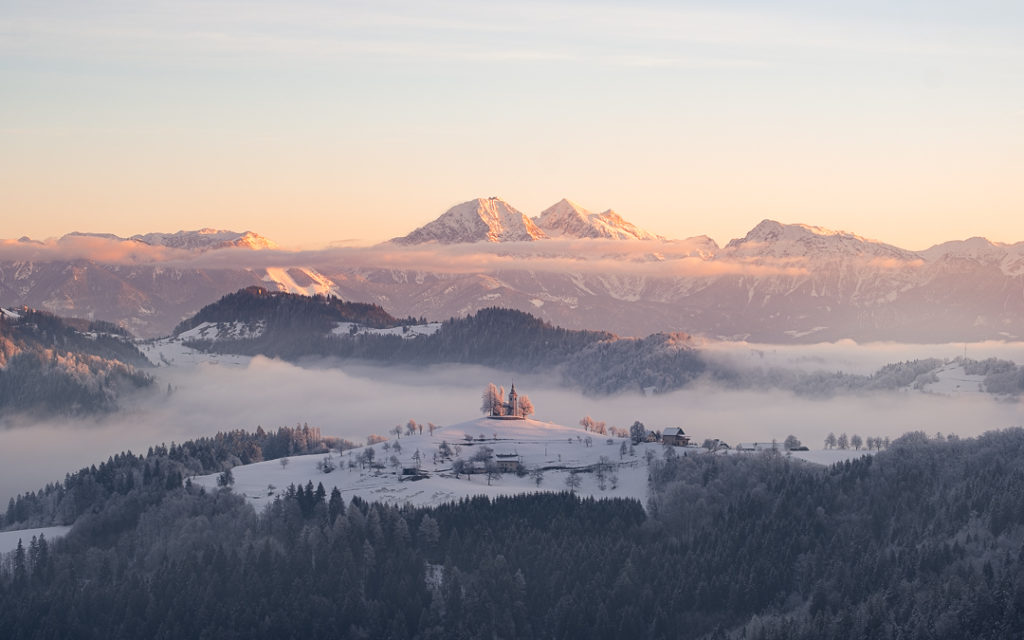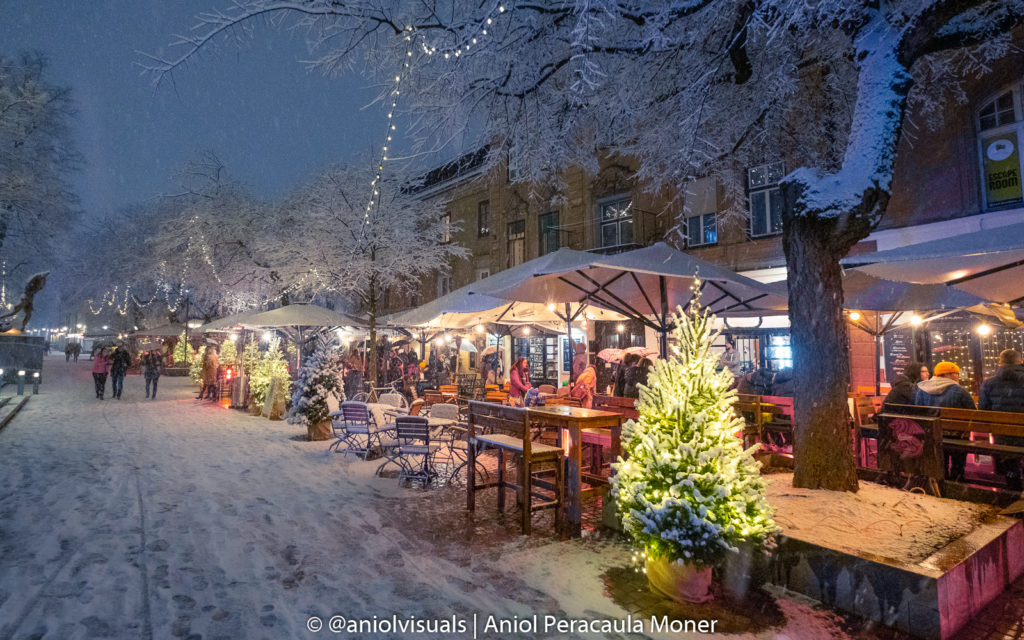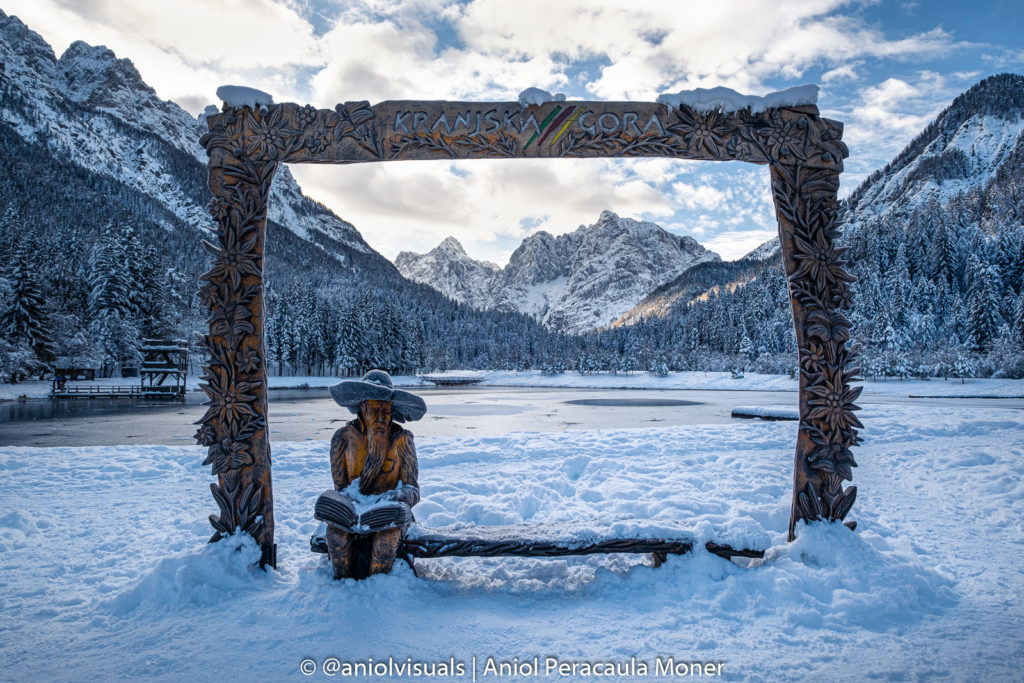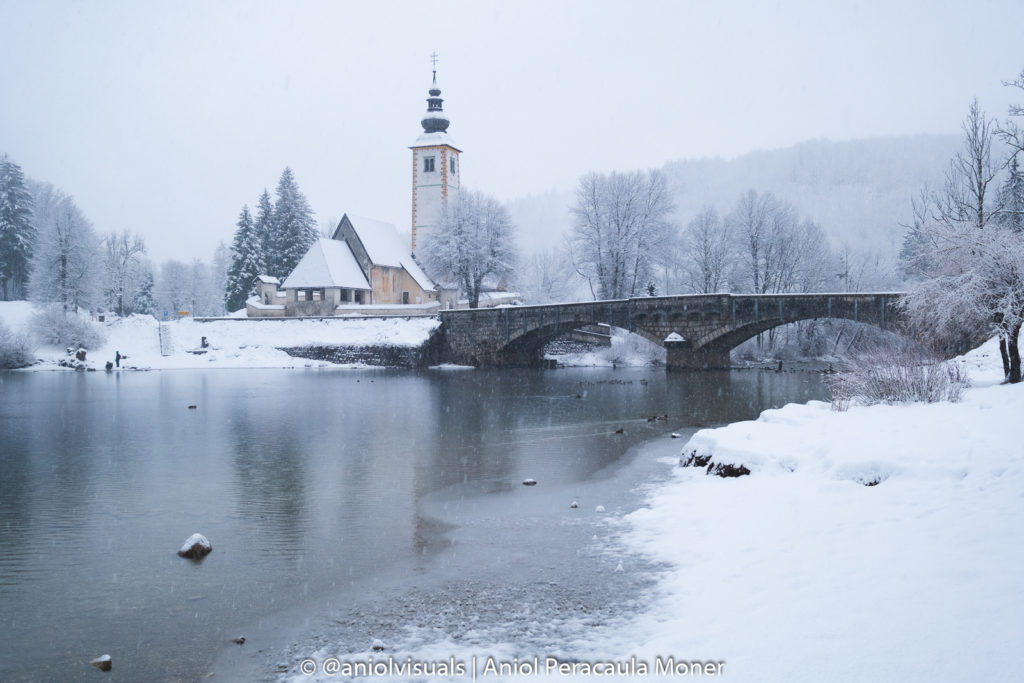Discover the budget you need to travel to Slovenia! With detailed information on accommodation, food, transportation (car rental) and more!

One of the variables I take into account when deciding if and how I want to visit a country is my budget. Slovenia is a tiny but beautiful European country covered by forests, lakes and mountains.
Slovenia travel guide!
Plan your trip with my detailed guides, photography spots, and much more. Check the dedicated Slovenia travel guide for free here!
However, don’t let its similarity with Switzerland confuse you. It is way more affordable! Do you want to know how much you will spend on your trip to Slovenia? Keep reading and create your own Slovenia travel budget!
Is Slovenia expensive?
Slovenia is not an ultra-cheap country to travel to. Neither is an expensive one. In fact, I would say Slovenia is quite an affordable country to travel to but not overwhelmingly affordable. Prices are lower than in other European countries, especially in its northern neighbours, Austria and Italy. However, if you compare it to other nearby countries such as Hungary or Serbia, it might be a bit more expensive.
Like most of the countries that belong to the European Union, Slovenia uses the Euro as its currency. Thus, if you are coming from the north, whether from Austria or Italy, you will not need to visit an exchange house. Yet, the southern and easter neighbours, Hungary and Croatia, still use their own currency, Kuna and Hungarian forint respectively.
Thus, expect Slovenia to be a cheap country, but not the cheapest one in Europe. You can travel for less than 60€ per day in Slovenia and still enjoy it.
In terms of safety, Slovenia is rated as a very safe country, and it feels like that. As a solo traveller, I did not feel unsafe at any point in my trip, and this is invaluable to me.
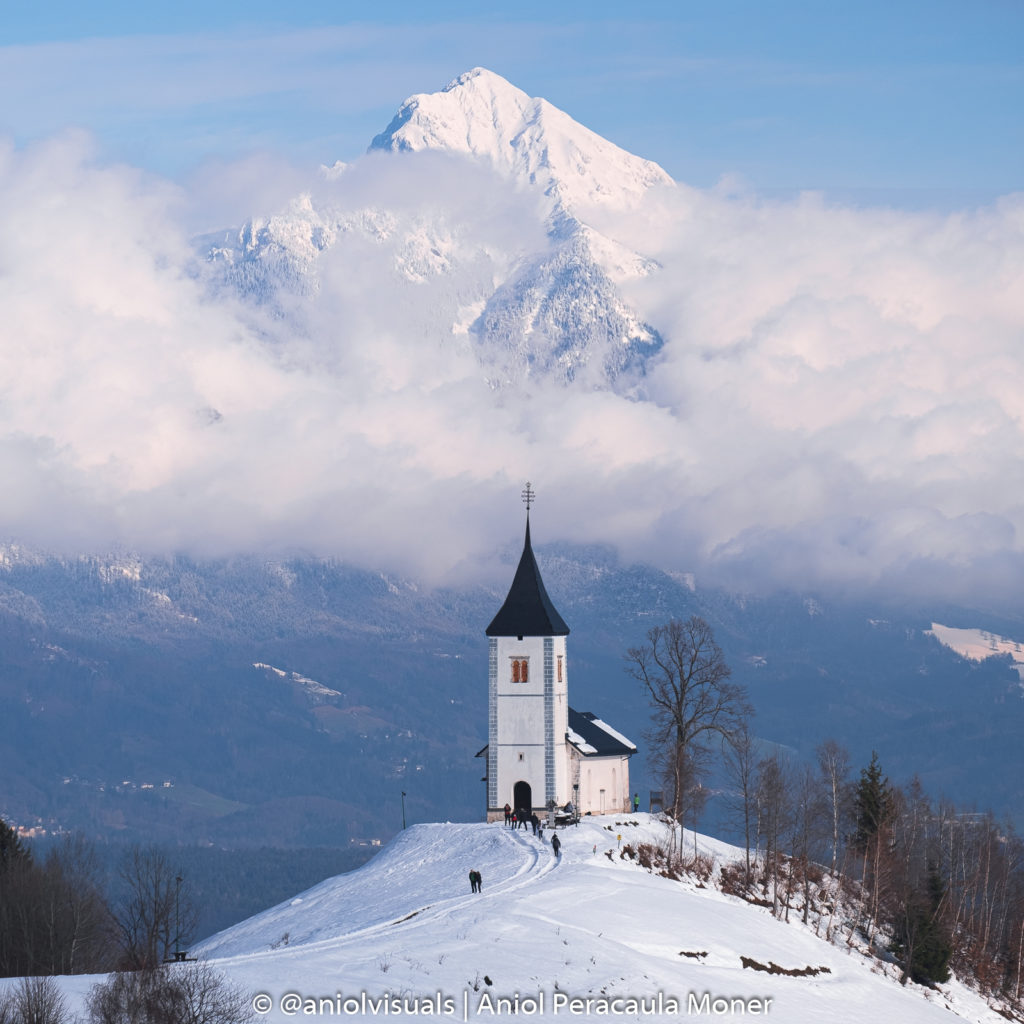
Slovenia travel expenses
There are 3 main categories that I always consider when planning a trip. If you travel to Slovenia, your budget should include the following items.
Accommodation
Accommodation can be the greatest expense of your trip. Not in Slovenia, but everywhere. As a European country with a solid tourism industry, Slovenia has a large offer of accommodations. From 5-star resorts to cheap hostels. Your choice will greatly depend on how much privacy and/or comfort you are willing to give up in order to save money.
Note that Slovenia has 2 “high seasons”: Summer and Winter. Most tourists visit the country during summer due to its amazing weather and the possibility to do plenty of outdoor activities. However, their offer of ski slopes, winter resorts and winter sports are also reflected in the prices of some accommodations. Yet, prices increase during July and August, and in some winter sports areas during winter. These are the average prices per night (room/bed/apartment) for different accommodations in Slovenia:
Hotels and resorts: 50€ – as high as you want
Hotels are the right choice if you like private space and are willing to spend some money on food. And you can even get them for 30€ per night!
But let me be honest, 30€ per night for a private room is a bargain, in Slovenia and in any other country. But it is possible to get these prices if you book in advance and in some rural areas.
For places like Ljubljana (Slovenia’s capital), if you want to be close to the city centre, it will cost you at least 50€ per night. Better offers appear from time to time, but this guide features average prices.
If money is not a problem for you, consider some high-end hotels and resorts, especially in the Lake Bled area. Some of them have impressive views over the Julian Alps and Slovenian lakes. The perfect Instagram photo spot!
Apartments (AirBnB): 40-100€
Are you travelling with some friends? Looking for a way to save some money on food? If you are going to divide the overall cost of the accommodation between 2 or more people, an apartment might fit you.
Apartments and AirBnB are everywhere in Slovenia. Large cities also have them, but they can be really useful in places like the Triglav National Park, where most of the outdoors hikes and activities are.
Prices can fluctuate a lot depending on the availability and season, but this is an ideal opinion for non-solo travellers. Make sure that your apartment has a kitchen. This is a fantastic way to save money on your trip to Slovenia.
Hostels: 12-30€
If you made it here, you might not be willing to spend a lot of money on accommodation. Or maybe you are a solo traveller that wants to make some friends on the road. Either way, hostels are your go-to accommodation option.
Slovenia has an interesting hostel scene, like most European countries. You can find quite cheap offers, especially for stays of 3+ nights. With a quick search online, you will see how cheap it can get. When I was there, the average price per night was below 15€ in some places!
Not only do the main cities have hostels. Places like Bled, also have this option, and I absolutely recommend it. Besides, hostels are the best way to make friends while travelling.
Choosing a hostel is a win-win situation. Not only do you save a lot of money on accommodation, but also on food, as you can cook in the hostel kitchen. Just like in the apartment case, make sure that your hostel has a fully equipped kitchen!
Other accommodations
If none of the options above suits you, there are a few other options on where to stay in Slovenia:
- Camping site: being such a foresty country, Slovenia has lots of camping sites. Most of them rent parcels with a water source and access to shared bathrooms. Moreover, nowadays some campings also offer bungalows or already assembled tents.
- Campervan: maybe you are one of the lucky ones that own or rents a campervan. Then, you can find spots almost everywhere in Slovenia to spend the night. Just be careful and look for official resting areas. Most villages have their own.
Food
Gastronomically speaking, Slovenia is an interesting country. You can find a mix of the Mediterranean influences from Croatia and Italy, as well as the eastern and northern influences of Austria, and Hungary.
Everyone has their own preferences, but I kinda prefer the Mediterranean vibes, although I really enjoyed some desserts (like gibanica) that have a clear Balkanic inspiration.
Food can be quite cheap in Slovenia, especially when compared to its northern and southern neighbours. As with the accommodation, do not expect bargains everywhere, although it felt slightly less expensive than other European countries. This section is divided into 2 main areas: supermarkets and restaurants.
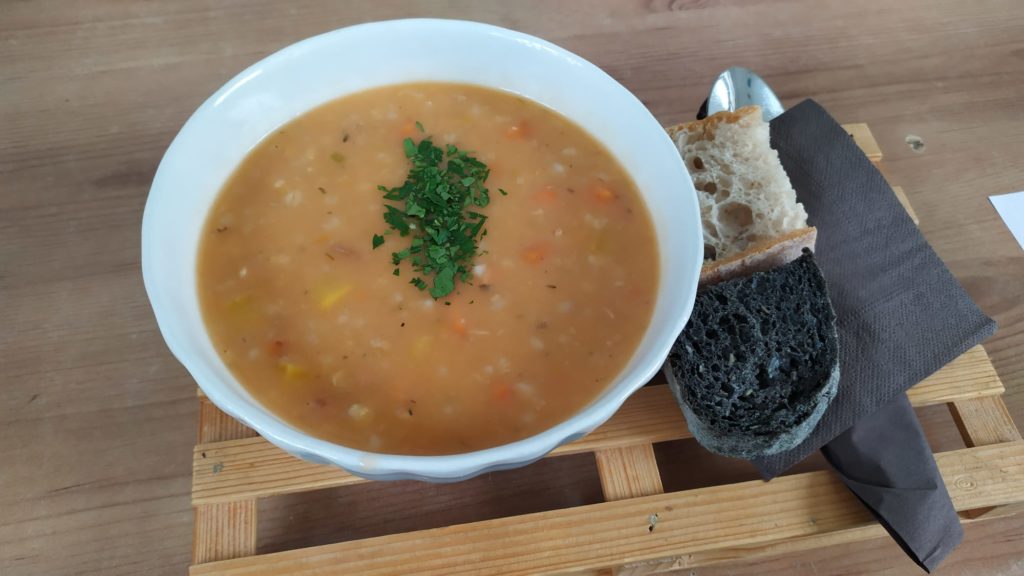
Supermarkets in Slovenia
If this section interests you, you are lucky. Food is not expensive in Slovenian supermarkets. In fact, if you want to see how expensive any country is, check a local supermarket (not one in a touristy area). No matter how tourist-inflated prices are, supermarkets are usually aligned with the local economy.
Thus, expect below-average European prices, around 35€ per person per week on food. If you are on a budget (eating healthy, vegetables, fruit,…) is totally doable. These are some of the main supermarket retailers you will find in Slovenia:
- E.Leclerc: the french retailer is present in Slovenia. Good quality, but above average prices.
- Lidl: a good option for those looking for cheap prices
- Hofer: this is the Aldi Slovenian name (same logo). Cheap, affordable and well-located.
- Spar: a famous retailer in Slovenia, but with above-average prices.
- Mercator: you will see hundreds of them, they are everywhere. Slightly pricey but of high quality.
During my stay in Slovenia, I chose a mix between Mercator and Hofer. Of course, it was greatly affected by where my accommodation was located. Even Mercator, which is not the cheapest retailer had very interesting offers for products that were about to expire, which were sold at ridiculously cheap prices.
Restaurants in Slovenia
If you travel on a budget in Slovenia, don’t be afraid of restaurants. A full meal in a nice restaurant can be as cheap as 8€. If you look for cheap but good restaurants, you could live with 20-25€ per person per day on food. Otherwise, if you like having an occasional beer or coffee and you choose less based on price and more on looks, 30-40€ can be your daily food expenses.
Do not be afraid to try the local Slovenian specialities, and look for authentic restaurants. Even in touristy areas like Ljubljana, there are places to try Slovenian gastronomy. I loved the “My dumplings of Slovenia” in Ljubljana, a recommendation of a friend of mine who lived for a year in the city.
Transportation
When it comes to transportation, there are two main moments to consider: getting to the country and moving around inside the country.
Getting to Slovenia
I already cover most of the options to get to Slovenia on the Slovenia travel guide page. Moreover, it greatly depends on where you are coming from. However, this is a quick summary.
- Plane: Slovenia has a small airport, the Jože Pučnik Airport (LJU). Direct flights are only available from selected European cities, most of them in Germany, France or the UK. This makes prices rise, as no budget airlines fly there. Besides, prices fluctuate a lot. If you are in Europe already, anything between 200-500€ would be a realistic budget for a non-direct flight. Alternatively, fly to a cheaper location like Venice, or Zagreb and grab a bus.
- Bus: My go-to option if you are not too far away from Slovenia. The king of bus transportation in Europe, Flixbus has regular buses going to Ljubljana, the capital city of Slovenia. Prices can be really affordable. While I am writing this words, a one-way ticket from Munich to Ljubljana is as cheap as 20€ (5h traject).
- Car: Driving to Slovenia is absolutely possible. Check the next section to learn more about rental cars in Slovenia. Remember to get your vignette to drive across Slovenia. Official information is available here.
Moving around Slovenia
Unlike other European countries, Slovenia is not famous for its capital city. While Ljubljana is a really nice city worth visiting, it has plenty of other places that deserve some attention. Thus, you will need to move around Slovenia. To do it, there are two main options: public transportation or renting a car. Of course, the cheapest option is to use a mix of trains and buses.
However, not all trains or buses make it to the most beautiful places in the country. If you only want to visit Ljubljana Bled, and Maribor (for example), you do not need to rent a car. The public system will be fast and effective, and you will save some money. For example, you can go from Ljubljana to Lake Bled for 3€!
Going from the airport to Ljubljana will cost you 4,10€ if you chose the city bus. There are more expensive options, but the extra price is not worth it in my opinion, as it only saves you around 10 minutes. The public bus that goes from the airport to the city centre can take between 40′ to 1h, depending on if you take the “express” or not.
Take the bus from the Ljubljana train and bus station or from the airport bus station, which is in front of the arrivals terminal. You can buy the ticket from the bus driver, but try to have small notes, as they don’t always have enough change.
Nonetheless, if you want to hike, explore the multiple valleys of the Triglav National Park or have more freedom (not being in a rush because the last bus leaves at a specific hour), rent a car. This is what I did, and it was so worth it.
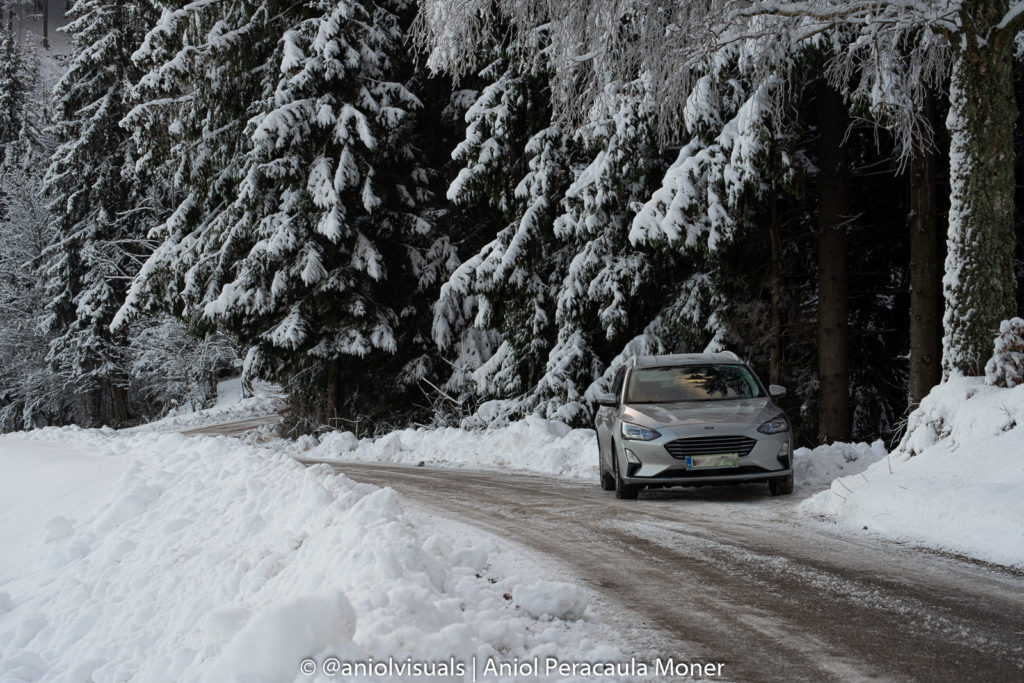
Renting a car in Slovenia budget
Renting a car in Slovenia can be cheap, but prices are similar to those around Europe. Expect between 25-50€ per day, plus other services (extra coverage, GPS, winter gear…).
The most well-known rental car offices (Sixt, Europcar,…) are in the Ljubljana train station and airport. Plan in advance and read online reviews. However, remember that most people only leave a review when they are pleased or angry. I rented with Sixt because I didn’t know if I was going to Slovenia until 2 days before the trip (Covid is magical) but there are way cheaper options.
If you rent a car between November and March, make sure that it has winter tyres. ALL CARS circulating in Slovenia between November 15 and March 15 must be fitter with winter tyres.
PRO TIP: If you visit Slovenia during winter, remember that the frequency of buses decreases and that renting a car is even more recommended. That being said, it is still possible to visit Slovenia in winter by public transport.
Other expenses
Besides food, accommodation and transport, Slovenia does not have a lot of hidden costs. However, if you travel to Slovenia you will need to consider these in your budget:
Entry fees
In a country where one of the main activities is hiking, you might think that there will be no entry fees. Unfortunately, this is not true. Some outdoors places, such as the Savica waterfall, require a small entry fee (3€, free during winter). Yet, it is true that most hikes are free and that unless some main attractions, there are not a lot of hidden entry fees in the countryside.
However, Ljubljana has some places where you will need to pay to access, such as the castle, from where you can get an amazing view over the city. It costs 10€ per adult, although there are special prices for children, students, and elderly people. More information is available here on the official website. The other main attraction that requires a ticket is the cathedral (2€).
Parking fees
Taking the bus or train? Then skip this section. Otherwise, in most touristy outdoor areas, parking your car is not free. Bohinj, Bled, or Kranjska Gora has parking lots where you need to pay per hour. Prices fluctuate from 0,5€/h during winter to 3€/h in the summer months. Be careful, a fine is way more expensive than the price of a whole day in a parking lot.
Case study: one week in Slovenia travel budget
I spent one week in Slovenia. During this week I visited Ljubljana, Bled, Bohinj, Kranjska Gora and hiked in the Triglav National park. I slept in hostels and ate one restaurant/takeaway meal every two days day and home-cooked most of the time. This is the detailed budget for my trip excluding flights.

Total budget: 461,68€
65€ per day. I overpaid the car because of the Covid restrictions (more information below). It is easy to travel to Slovenia with an average daily budget of 50-60€ or even less if you don’t rent a car.
Accommodation: 111,34€
6 nights at under 20€ per night, staying in hostels in Bed and Ljubljana.
Food: 86,47€
The total expense in supermarkets was 37,57€. I got plenty of fruit, beer, nuts, and some about to expire products, which were sold at a significantly cheaper price.
Thus, I spend 48,9€ in restaurants and bakeries. A total of 3 pieces of gibanica, and 3 restaurant meals (drinks included).
Transportation: 245,37€
My trip to Slovenia coincided with the Omicron 2019 covid outbreak. Thus, I wasn’t 100% sure if I would be able to make it there. With restrictions coming and going, I booked my car a few hours before leaving for Ljubljana. This is why I paid 241,27€ to rent a car for 5 days. Booking in advance you can get it for less than 150€.
Gas was included in the price, as I wasn’t required to bring the car back with a full tank (I drove 600km).
Included here is the bus ticket to go from the airport to Ljubljana, a total of 4,10€.
Entry fees: 12€
Thanks to travelling during winter, I only had to pay for the Ljubljana castle (10€) and cathedral (2€).
Parking fees: 6,50€
0,5€ belongs to 1h parking in Bohinj and 6€ to a 3h parking by the Lake Bled.
I had an incident that saves me some money in Bohinj. The parking meter wouldn’t take my ticket and after a quick call to the number written on the machine, they let us leave for free. However, this did not impact a lot my Slovenia travel budget.
As you can see, it is possible to travel to Slovenia without a huge budget. Being a European country, it is considerably cheaper compared with Austria, Germany or France. Thanks to its incredible offer of outdoors activities, costs are reduced a lot, although this comes with the dilemma of whether it is worth renting a car or not.
Got any questions or doubts? Follow me on Instagram and send me a DM (@aniolvisuals), or use the contact form here. For any other inquiries, send an email at hello@aniolvisuals.com.
